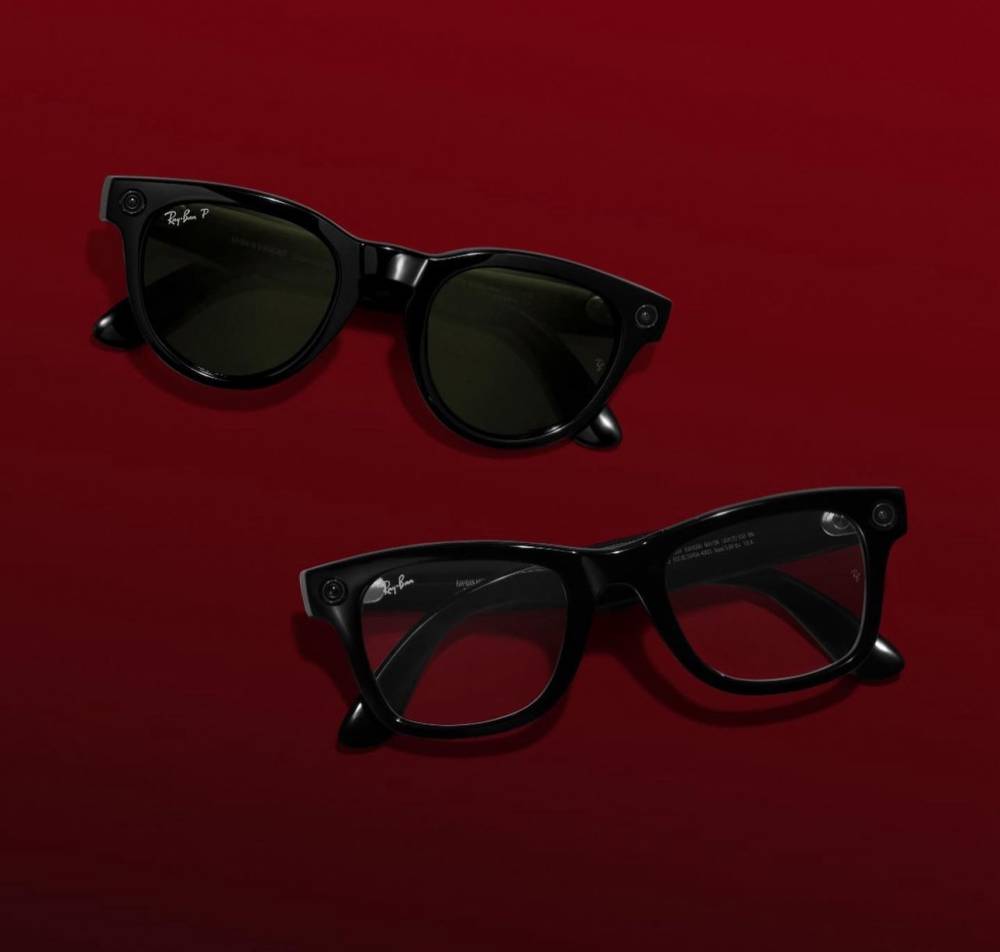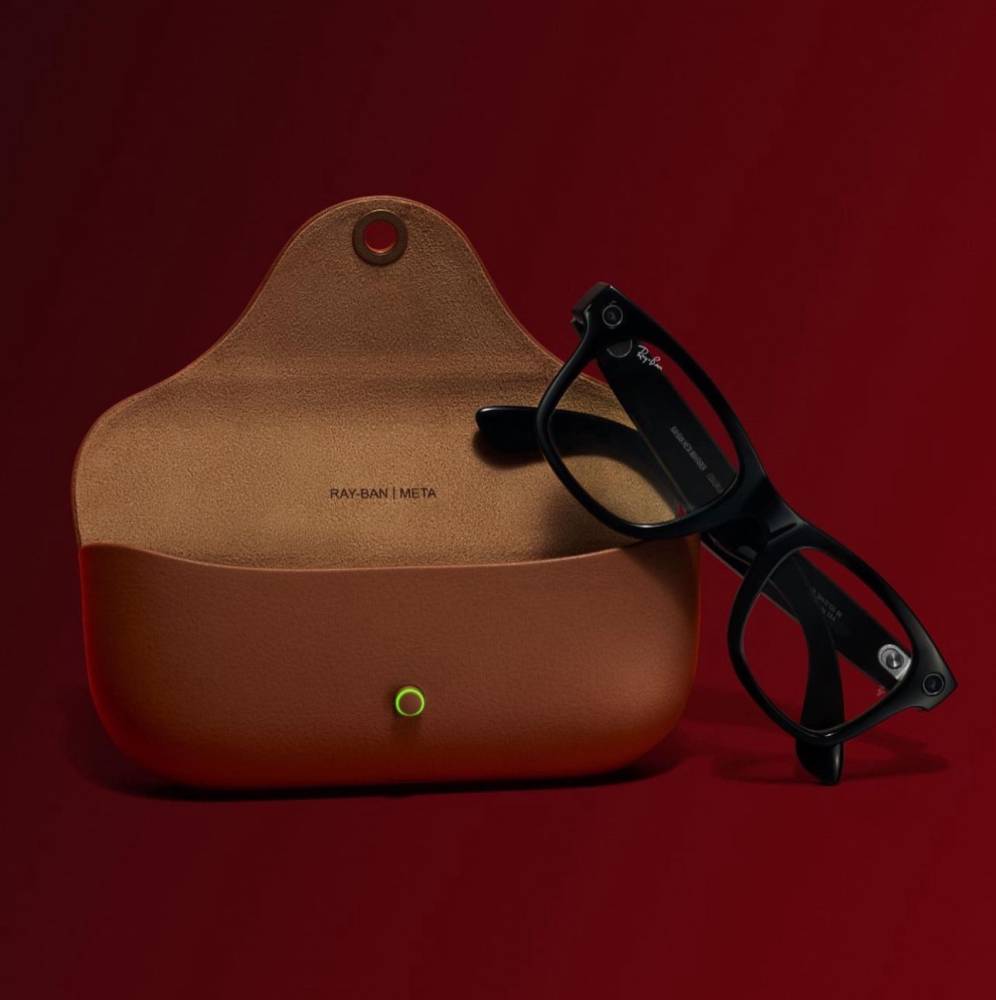I tested Ray-Ban’s Meta smart glasses: What you need to know

Would you consider wearing smart glasses?
I never would have thought of getting a pair of smart glasses, had I not lost my Ray-Ban Wayfarers a couple of days before leaving for a US trip last October.

I’ve had those tortoiseshell shades for at least 10 years, and though I haven’t been wearing them as often as I used to—I hadn’t brought them out for at least a year until that morning they got lost—I was still a little heartbroken when they were gone. I made a plan to buy a replacement.Get a Ray-Ban Meta, a techie friend suggested, rather enthusiastically. I was vaguely familiar with the smart glasses, so I googled. Cool beans! In this social media-crazy country, wouldn’t it be nice to walk around, take photos and record videos hands-free for Instagram and Facebook, I thought? I’ve never livestreamed, but it’s also one of the selling features of the smart glasses. My interest was piqued.
I, however, caught a bug while in the US, so I wasn’t in a shopping mood. I came home empty-handed.
Back home, Neelam Gopwani Chainani, managing director of Vision Express and Eye Society, whose company is the official distributor of Ray-Ban in the Philippines, told me that they weren’t pushing the smart glasses in the Philippines, since Meta View, the app needed to make the eyewear work, is not yet supported in the Philippines. They will be sold here as soon as the privacy issues are sorted out, she said.
I was dismayed to hear that. Neelam, however, offered for me to test the glasses if I was ever so inclined, since they have a Try-on Experience in some of their stores. After hearing about the restrictions, I wasn’t.
Unsupported app
Then in January, I was back in the US, where I finally got to try on both the Meta Wayfarer—which looked exactly like my regular sunglasses, with only slightly heftier arms, tiny cameras on both corners of the frame, and a discreet control button on the right temple—and the Headliner, which is a slightly rounder shape than the classic Wayfarer.
They come in both sunglasses and prescription models, and in various frame and lens color options.
The Ray-Ban sales associate confirmed what I already knew: The Philippines isn’t among the 15 countries where the app is supported. Meaning, even if I go to the App Store (or Google Store for Android users—the glasses are compatible with both IOS 14.4 or higher and Android 10), I wouldn’t find the app on the list.
Maybe you can use a VPN (virtual private network), which could override the geolocation of your Apple ID, the SA suggested. I wasn’t convinced. What if it doesn’t work? Then I’d be stuck with a pair of $300 (plus taxes) smart glasses that are no better than regular shades.
When my colleague Pam heard of this long saga, she urged me to review it. She said our common acquaintance, Jeremy, who’s a content creator, has been using his smart glasses here.
By this time, socmed was overrun with posts of people walking around with the Apple Vision Pro, essentially an augmented reality headset. It retails from $3,499 and looks like glossy high-tech ski goggles—so, no, we’re not going there; we’ll stick to the regular-looking shades.

I texted Neelam and she sent over a test unit right away.
Success, finally
But first, I had to download a VPN app. I’m not your read-the-manual-first or watch-a-YouTube-video type, so I just planned on winging it. It shouldn’t be hard, I thought.
With VPN installed and set to a US location, I checked the App Store on my iPhone and the Meta View was nowhere on the list. I changed the VPN to a different US location, and still nothing. I Googled and, yes, turned to YouTube, but still couldn’t find anything helpful.
Jeremy texted me back and said that he bought his Headliner in Rome and the SA there set it up for him, thus he was able to use it in Manila without a hitch.
I messaged a friend in the US who works at Meta—a.k.a. the mother company of Facebook and Instagram—and asked if there’s a way that I could download the app using VPN. She replied that I don’t really need a VPN but I might need an Apple US store account, the US being among the countries where the app is supported.
So that’s what I did. I logged off my Apple ID and tried to create a US Apple ID with a new email address, but I kept hitting a snag: “Your account cannot be created at this time.”
Another friend also sent me instructions on how to create a new Apple ID, which I followed to the letter. But still, nothing.
Already frustrated, I contacted Apple Support. After what felt like an eternity, the tech advisor managed to help me create a US Apple ID. Alas, the Meta View was now on my App Store—but I still couldn’t download it! “Please contact iTunes Support to complete the transaction.”
I called back Apple Support, and, after many attempts, I managed to successfully download the Meta View app!
(It had a trade-off, however: as I write this, it has been five days since I got my US Apple ID—which I only needed to download the app—but I still couldn’t log back in to my original Apple ID. Let’s just say, Apple has very strict security measures.)
TestingLast weekend, I finally got around to actually testing the Ray-Ban Meta. I set it up with the app, which—compared to the circuitous process of downloading it—was easy-peasy. It took me all of 15 minutes, including pairing it with my iPhone, WhatsApp and Messenger. To create my account, it asked me to log in with either my Instagram or Facebook account. It connects to both WiFi and Bluetooth.
Using the smart glasses is pretty straightforward: You can take photos or videos by simply pressing the button on the right arm, or giving it a voice command: “Hey Meta, take a photo.” “Hey Meta, take a video.” “Hey Meta, message Mom” (so, yes, you can make/receive calls and send text messages with your glasses).
The cam’s LED blinks repeatedly when in use, so people will know if you’re shooting or recording them. What you share, however, is up to you. (Privacy laws are a key contention on why these glasses are not yet available in many countries.)

Its ultra-wide 12-megapixel camera takes crisp high-res photos and 60-second videos with clear audio, which you can import directly to your phone via the app or share directly to Instagram, Facebook and messaging apps. (The glasses themselves have a 32G Flash storage.) Very impressive, I must say.
I also used its audio function and played Spotify. Its open-ear speakers were perhaps my favorite feature—amazing sound quality and a discreet directional audio even at 75-percent volume (you can adjust the volume by sliding your finger on the arm’s touchpad). Well, as long as you don’t mind people giving you funny looks as you give voice commands, since they’d see that there are no AirPods plugged in your ears.
The Ray-Ban website says the battery life is four hours, but I found it to be a lot less than that—probably because I used all its functions heavily and simultaneously. But it comes with a very sleek-looking portable charging case, which can charge your glasses up to eight times on the go.
So, would I spring for a Ray-Ban Meta? A big yes, though I’m leaning more toward the prescription model, only because I don’t want to be the obnoxious person who goes around wearing sunglasses indoors or, worse, at night.
To schedule a try-on at Vision Express ATC (Feb. 28 to March 6), sign up at www.visionexpress.ph/pages/rbmeta.


















